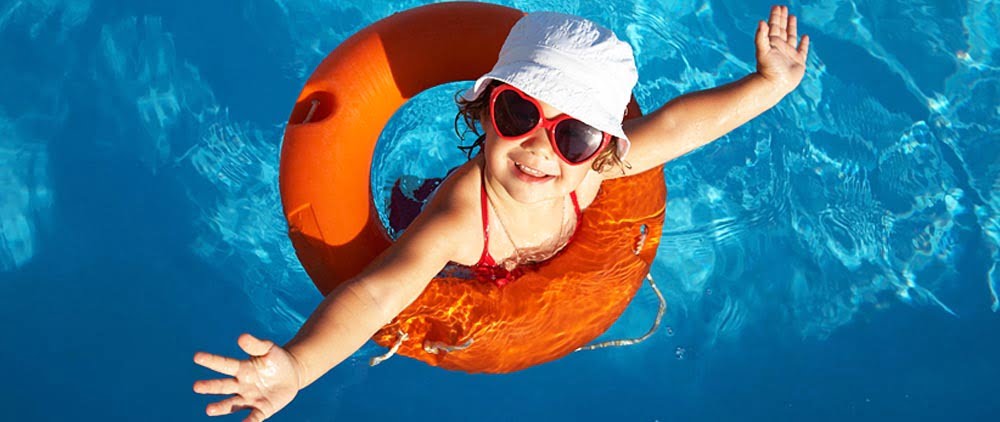On hot summer days, many of us head to local swimming spots to cool off and have fun with our families. However, a trip to the pool can quickly turn tragic if the proper precautions aren’t taken. According to the CDC, “drownings are a leading cause of injury death for young children ages 1 to 14, and three children die every day as a result of drowning.” Fortunately, parents can take practical steps to reduce this risk and keep kids safe.
Follow these key water safety rules to protect your children from drowning and water-related injuries.
Keep a close watch.
Never take your eyes off your child when he or she is in the water. Most children do not–or cannot–yell for help in drowning situations, so it’s imperative to actively supervise. Keep phones stowed away and minimize other distractions. In the time it takes to check a text message, your child can be submerged.
Use life jackets.
Life jackets are the best protection against drowning. Young children and weak swimmers should always wear a properly-fitted, Coast Guard-approved life jacket when near the water. Life jackets should fit snugly and be in good condition, as rips and tears can reduce effectiveness.
Learn how to choose the right life jacket (US Coast Guard Boating Safety Division).
Know CPR.
Make sure you have this life-saving skill to handle an emergency. If your child’s breathing or heart has stopped due to drowning, CPR can keep oxygenated blood flowing to the brain and other vital organs until medical help arrives. Read up on the basics of CPR from the Mayo Clinic and consider signing up for a class through the American Heart Association or American Red Cross.
Raise strong swimmers.
Sign your kids up for swimming lessons to ensure they know basic water safety and swimming techniques. For most children, the American Association of Pediatrics recommends beginning lessons at age 4. However, it’s important not to become overconfident in a child’s ability. Swimming skills are just one level of protection against drowning. Toddlers and young children still require active supervision.


